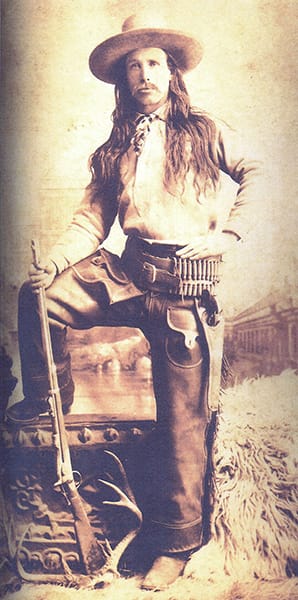sheriff / reeve

A sheriff is a government official whose duties vary depending on the jurisdiction. In England, Wales, and Northern Ireland, sheriff is a ceremonial office. In Scotland, a sheriff is a judge. Elsewhere, sheriffs are typically bailiffs, enforcing judicial orders, managing prisoners, and sometimes they operate police forces and have law enforcement powers. In the United States, a sheriff is typically the chief law enforcement officer for a county, an elected official who enforces court orders, operates jails, and enforces the law in areas that do not have separate police departments.
The word sheriff comes from the Old English scirgerefa (shire-reeve). A gerefa, or reeve in Present-Day spelling, was the chief official who administrated justice and collected taxes in a region. The word often appears with a modifier to denote the area of responsibility as in portgerefa (portreeve) or burhgerefa (borough-reeve). Thus a scirgerefa was the reeve in charge of a shire (county).
Reeve is still used as title for a mayor in some Canadian municipalities.
An Old English gerefa or later reeve could also be a person charged with administering a landowner’s estate or portion thereof. This particular sense is probably most familiar to people via Chaucer’s The Reeve’s Tale in The Canterbury Tales.
The Germanic root of gerefa is uncertain, but it probably relates to numbers and ordering.
An example of the Old English gerefa can be found in the Peterborough Chronicle for the year 787. The Old English Chronicle, which exists in multiple versions, was probably started during the reign of Alfred the Great (r. 871–99), so this entry was written about a century after the events and is postdated. The Peterborough manuscript was copied c. 1121 from one of the earlier manuscripts:
Her nam Breohtric cining Offan dohter Eadburge. & on his dagum comon ærest .iii. scipu Norðmanna of Hereðalande, & þa se gerefa þærto rad, & he wolde drifan to ðes cininges tune þy he nyste hwæt hi wæron, & hine man ofsloh þa; ðæt wæron þe erestan scipu deniscra manna þe Angelcynnes land gesohton.
(Here Beorhtric married (literally “took”) King Offa’s daughter Eadburh. And in his days there came for the first time three ships of Northmen from Hordaland, and then the reeve rode there, and he wanted to drive them to the king’s town, because he did not know who they were, and they slew the man. These were the first ships of the Danish men that sought out the land of the English.)
And we can also see scirgerefa or sheriff in the Peterborough Chronicle, this time for the year 963, when it records King Edgar granting the town of Oundle to St. Peter’s Monastery in Peterborough:
And Ic gife þone tun þe man cleopeð Undela mid eall þet þærto lið, þet is þet man cleopeð Eahtehundred & market & toll, swa freolice þet ne king ne biscop ne eorl ne sc[i]rreue ne haue þær nane hæse, ne nan man buton se abbot ane & þam þe he þærto sæt.
(And I give the town that people call Oundle with all that pertains thereto, that is what people call the Eight Hundreds, and market, and toll, freely, so that no king nor bishop nor earl nor sheriff shall have no authority there, nor any person except the abbot alone, and those he appoints thereto.)
A hundred was a territorial division of one hundred hides, each hide being an area that could support one household, that is up to about 120 acres (49 hectares) of arable land.
Sources:
Irvine, Susan. The Anglo-Saxon Chronicle, a Colloborative Edition, vol.7, MS E. Cambridge, UK: D. S. Brewer, 2004, 41 and 57. Oxford, Bodleian Library, MS Laud Misc. 636, fols. 25r–v and 37r. JSTOR.
Oxford English Dictionary, third edition, September 2009, s.v. reeve, n.1; December 2006, s.v. portreeve, n.; second edition, 1989, s.v. grieve, n., gerefa, n., sheriff, n., borough-reeve, n.
Photo credit: Unknown photographer, c. 1886. Arizona Historical Society. Wikimedia Commons. Public domain image.